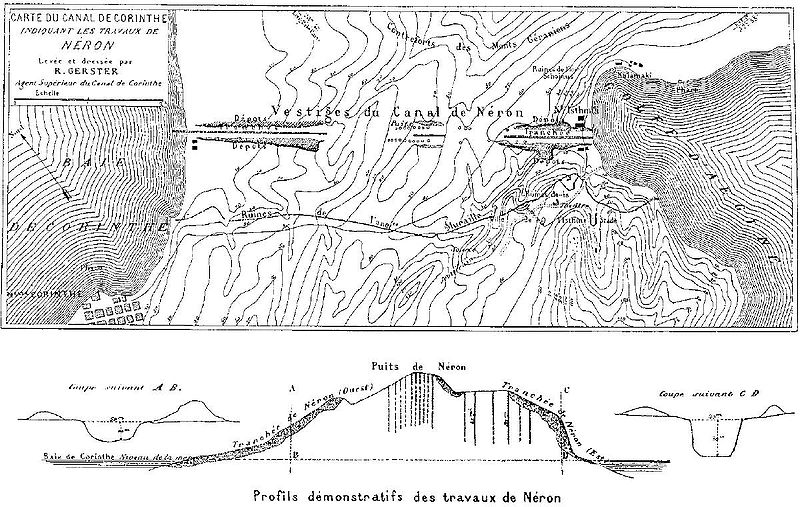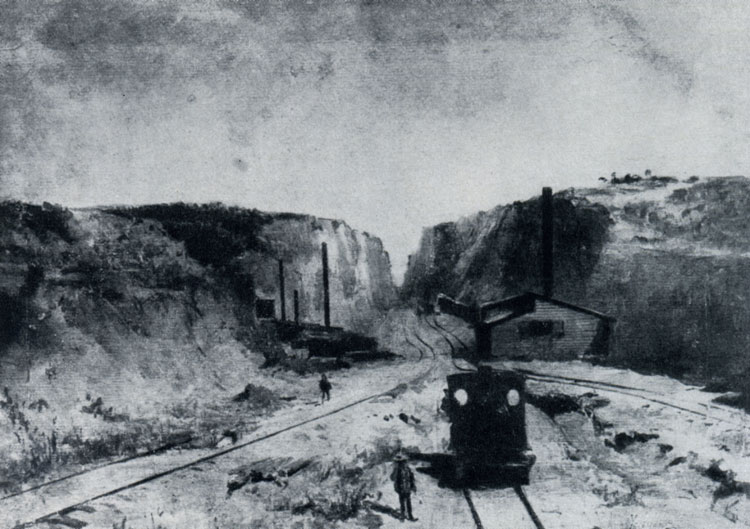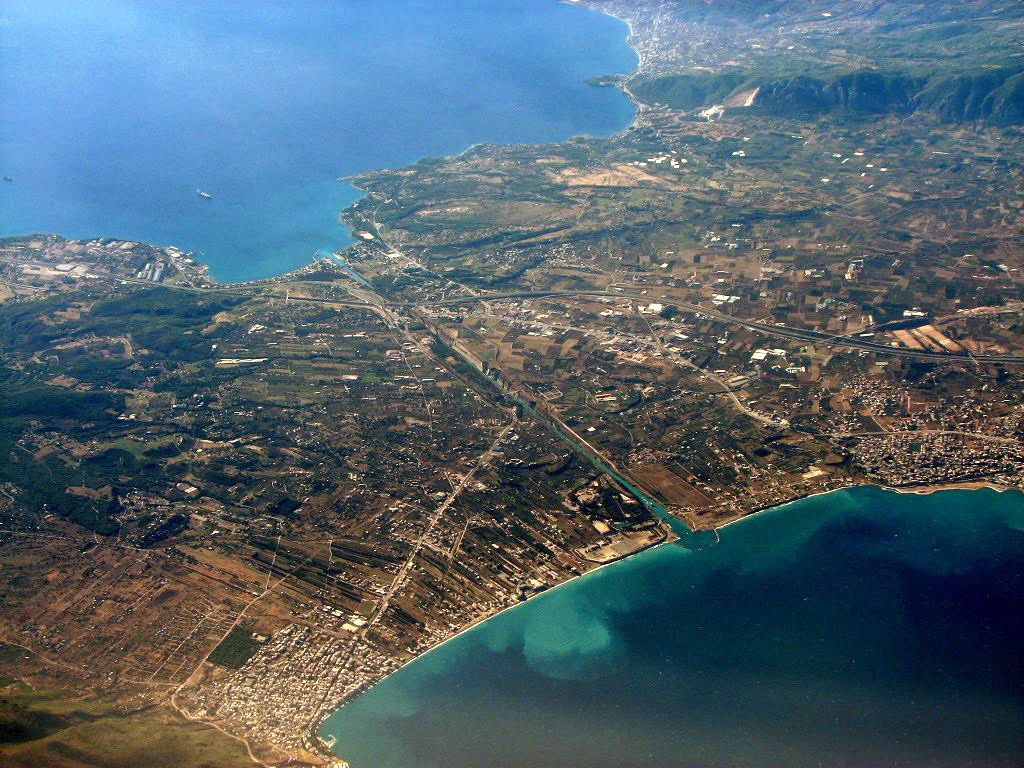When NASA's Juno mission arrives at Jupiter on July 4, 2016, new views of the giant planet's swirling clouds will be sent back to Earth, courtesy of its color camera, called JunoCam. But unlike previous space missions, professional scientists will not be the ones producing the processed views, or even choosing which images to capture. Instead, the public will act as a virtual imaging team, participating in key steps of the process, from identifying features of interest to sharing the finished images online.
"This is really the public's camera. We are hoping students and whole classrooms will get involved and join our team," said Scott Bolton, Juno principal investigator at the Southwest Research Institute in San Antonio.
www.jpl.nasa.gov/news/news.php?feature=4783











































